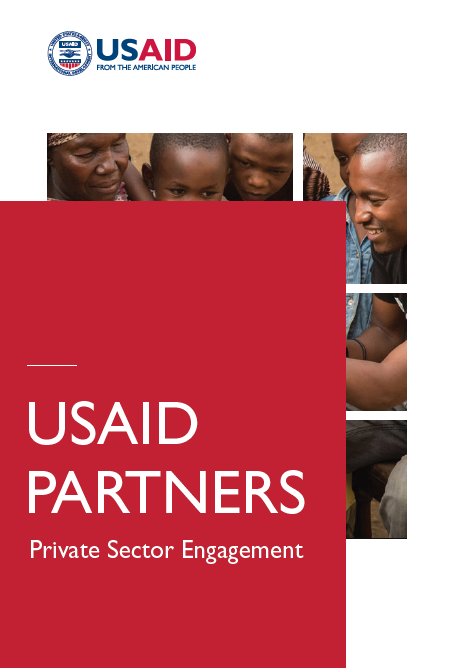- Work With USAID
- How to Work with USAID
- Organizations That Work With USAID
- Find a Funding Opportunity
- Resources for Partners
- Careers
- Get Involved
Speeches Shim
THE WORLD HAS CHANGED.
USAID Partners: Private Sector Engagement ![]() (pdf - 13 MB)
(pdf - 13 MB)
In 1960, more than three-quarters of financial flows from the United States to the developing world were official development assistance. Today, they are less than 10 percent. The private sector now represents 91 percent of financial flows into emerging markets and drives global capital markets, which are currently estimated at over $200 trillion.
For the development community, working with the private sector is no longer a luxury, but a necessity. In order to build development that is sustainable and inclusive, and end the need for the foreign assistance, USAID must harness that 91 percent and engage the private sector in enterprise-driven development.
BUSINESS IS GOOD FOR DEVELOPMENT AND DEVELOPMENT IS GOOD FOR BUSINESS.
Developing countries are home to some of the fastest-growing consumer markets. Addressing global development challenges can be done while meeting consumer needs and generating profits.
Development assistance and vibrant business activity help level the playing field by developing fair and open markets and reducing the risk for businesses in emerging markets. Business leaders recognize this and are increasingly looking at development as a core strategy issue, working to address global development challenges across a range of issue areas - from economic growth to energy, health, food security and more - all while meeting consumer needs and building profits.


Comment
Make a general inquiry or suggest an improvement.